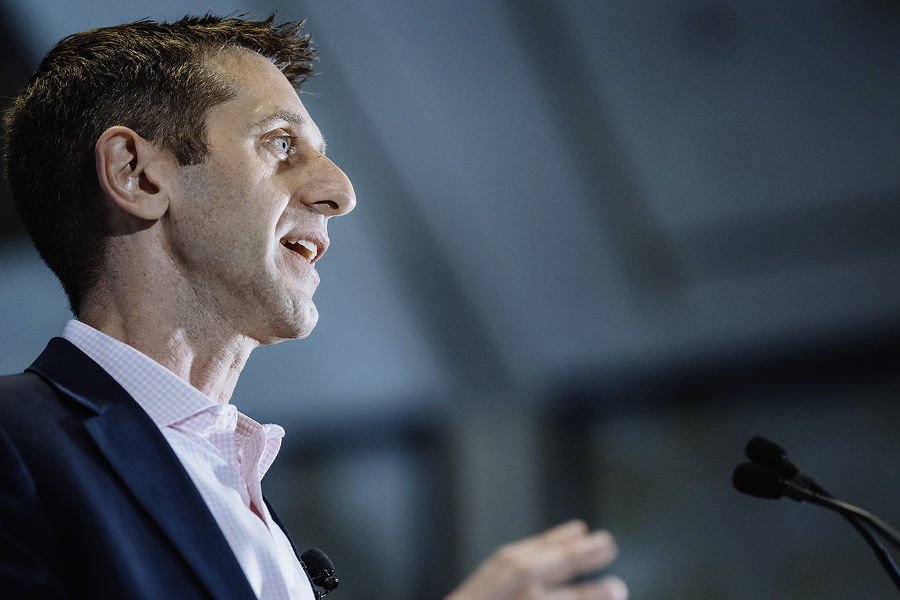Bond markets have proven highly resilient in 2025 whilst demonstrating a significant level of adaptation across different ways of trading.
Kicking off the US Fixed Income Leaders Summit 2025, in Washington DC, Kevin McPartland, head of research for market structure and technology, Coalition Greenwich said the electronification of fixed income has delivered the capability for traders to execute in the most volatile of market environments, preserving liquidity.

“Corporate bonds had their record day ever on 30 April 2025, with US$92 billion volume, which was quadruple the average daily volume in 2015. Growth is really incredible, and the next logical question we get is, ‘Well, is there a limit?’ How high is this going to go?’”
Looking at equity markets by comparison, he notes that buy-side firms report that they get orders to their broker in US and European equity markets electronically 56% of the time.
“That means you’re still placing those large and illiquid orders over the phone, even in highly electronic markets like equities. That would suggest that some of the bigger flow of fixed income markets is probably getting close. However, the definition of electronic trading has and will continue to change.”
It is this change which is enabling electronic trading levels to both increase but also to persist.
“Six years ago, portfolio trading wasn’t something we talked about at conferences. Now on the big days, it could be 20% of the IG market. Whatever the next portfolio trading is, whatever the next protocol is that helps to digitize workflows, that could be what really pushes things even further than where they are today.”
Dan Veiner, co-global head of trading at BlackRock, noted that banks and liquidity providers maintained their market engagement during the volatility of April 2025 after ‘Liberation Day’ in the US.
“Liquidity adjusted for volatility was very good,” he said.

Comparing it to other volatile periods, Veiner observed, “To me, that’s a big difference when we talk about whether there is dysfunction. To me, is the risk transfer going through, is volume going through, or are markets seizing up? In this case, markets were nuts. On 7 April US$99 billion of fixed income ETFs transacted in volume, 60% of those in iShares. The VIX fixed spiked and everything was moving all over the place. But huge volumes were going through. Where in March 2020, we saw off-the-run, treasuries seize up.”
This level of efficient risk transfer was not seen universally across markets, observed Billy Hult, CEO of Tradeweb.

“For the obvious reasons, the credit market tends to get a lot of attention in our world,” he said. “The [forward settling] to-be-announced (TBA) mortgage market is also extremely important, when you think about how they operate as a function of the market, with much fewer dealers making markets in that world, and a smaller concentration of clients that move the volumes around. That is wedded to an imperfect settlement process, and I spend time on ideas around blockchain and how that process is functioning, particularly how that affects the broader economy.”
A great driver for change was the competitive pressure from new electronic liquidity providers, driving banks to deliver optimised service.
“Without question, Citadel Securities arriving loudly through rates and now into credit, has a tangible effect in terms of liquidity provision and bringing back ambition. They’re going to bring a lot of ambition and a lot of expertise. They’re keeping the banks invested and on notice in a really good way, for how we look at the world and the marketplace in general. Because if you’re Goldman Sachs, or JP Morgan, and you’re thinking about the concept of Citadel Securities making inroads into your world, given their ambition, their technology focus, and the way that they’ve been successful in other areas of the marketplace, you’re not giving up an inch to them.”
©Markets Media Europe 2025













